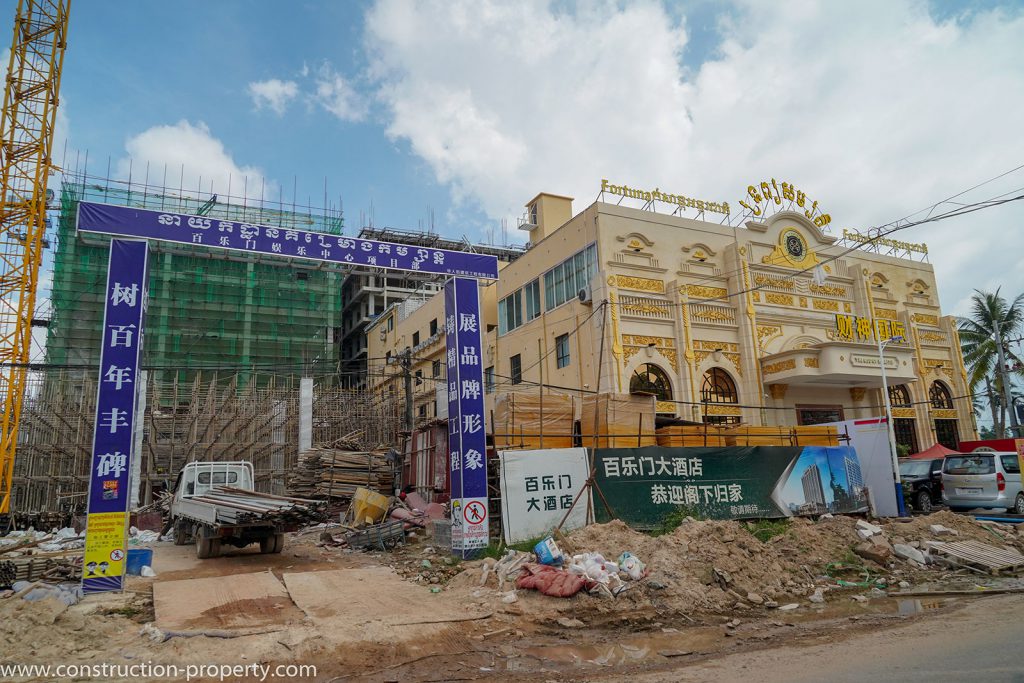Then marching music began playing out of the loudspeakers. It reminded me of music I had heard on Radio Peking, very stylised and Chinese, with a heavy regular beat and cymbal-and-gong flourishes finishing out the phrases … It was the ugliest music I had ever heard. Imagine, if you can, what it was like for us to trudge along the crowded boulevard under the hot sun while a piercing nasal voice sang ‘The Red Flag of the Revolution is Flying Over Liberated Phnom Penh’ … It was all very discouraging. Forced to leave our homes, rifles firing over our heads and terrible music too.
— Haing S. Ngor, Survival in the Killing Fields
IT IS WITH THESE WORDS that the late gynaecologist-turned-actor Haing Ngor, a survivor of the Khmer Rouge regime, describes that day in April 1975 when the victorious revolutionaries forced the whole population of Phnom Penh out of the city. The Chinese tunes he heard were only the latest testament of a close relationship between China and Cambodia that spanned several centuries. It is not a coincidence that one of the most influential sources of everyday life in the Angkorian empire is an account written by Zhou Daguan 周达观, a Chinese envoy who spent one year at the court of King Indravarman III at the end of the thirteenth century. Just five years before the events described by Haing Ngor, in March 1970, King Sihanouk — who had just been ousted in a coup d’état — was in Beijing when he decided to throw his weight behind a hitherto little-known Marxist group that he himself had previously derisorily labelled ‘Khmer Rouge’. His endorsement changed the course of Cambodian history. Throughout the years of Pol Pot’s Democratic Kampuchea (1975–1979), the Chinese government proved a staunch ally of the regime, helping to mould its political ideology and providing foreign aid and technical support. The relationship was so tight that when, at the end of 1978, Vietnam invaded Cambodia to put an end to the Khmer Rouge, China went so far as to retaliate with a disastrous incursion into Vietnamese territory.
Almost forty years after the Vietnamese debacle, China continues to play a major role in steering Cambodian politics. Beginning in mid-2017, with the national elections of July 2018 in sight, Prime Minister Hun Sen launched a crackdown against political adversaries, independent media, and civil society. While in the past he showed some restraint due to the political pressure coming from foreign donors and international criticism, nowadays he shrugs off widespread international condemnation by citing China’s unwavering support. For instance, after the dissolution of the main political opposition party, when the United States government announced the intention to cut funding for the 2018 elections and threatened sanctions, he boasted that China would make up for it and taunted that the US is ‘afraid that China is taking its seat’. China’s Foreign Ministry responded: ‘China supports the Cambodian side’s efforts to protect political stability and achieve economic development, and believes the Cambodian government can lead the people to deal with domestic and foreign challenges, and will smoothly hold elections next year’. When Hun Sen’s ruling party predictably obtained a landslide victory at those elections, securing all 125 seats in the national parliament, the Chinese authorities were among the first to send their congratulations.
As Sabina Lawreniuk has recently argued in the Made in China Journal, Cambodia shed any democratic credentials a long time ago; the Cambodian authorities have a notorious track record of human rights violations and undemocratic behaviour reaching back well into the 1990s. While this is undoubtedly true, China’s role in this latest authoritarian turn in Cambodia still deserves scrutiny. China needs Cambodia in order to wield influence within ASEAN and affect the bloc’s stance on contentious issues such as disputes on the South China Sea. Beijing’s rising influence in the country is conveyed through a massive amount of funding. According to data from the Cambodian government, in the first half of 2018, Chinese investment in the kingdom was worth US$5 billion — making China the biggest investor in the country. The stakes are so high that in September 2018, at a roundtable meeting with Chinese business executives, Hun Sen personally offered to ‘safeguard the interests of all Chinese firms in Cambodia’, while highlighting his government’s proposals for more concessional loans from China to build the kingdom’s infrastructure.
Investment in infrastructure is key to China’s involvement in South-East Asia. Xi Jinping’s Belt and Road Initiative (BRI) 一带一路 entails a massive injection of Chinese funding into infrastructural projects such as highways, railways, and dams. To date, BRI’s signature project in Cambodia remains the Sihanoukville Special Economic Zone (SSEZ), established by two state-backed companies in 2008, five years before the launch of BRI. In 2017, the industrial park hosted more than one hundred firms and employed 16,000 workers, with expansion plans calling for 300 companies and 100,000 employees by 2020, a significant number if we consider that Cambodia’s entire garment, textile and footwear sector currently employs around one million workers.

Sihanoukville, 2018: bursting with Chinese construction
Source: Property & Construction Magazine, Flickr
The SSEZ comprises mostly Chinese-owned garment and footwear factories with an almost entirely Cambodian front-line workforce managed by Chinese managers. To make it more enticing to potential investors, companies in the SSEZ are exempted from worries about the threat of labour activism. While Cambodia nominally allows union pluralism, SSEZ factory owners have what Gavan Blau of the American Centre for International Labor Solidarity calls ‘a coordinated strategy of labour disempowerment and exploitation’. Not only do the factories hire workers on short-term contracts of three to six months — a situation increasingly common throughout Cambodia’s garment sector — but owners regularly blacklist unruly workers who attempt to organise unions or express discontent, circulating their photos and details to other managers in the SSEZ.
Beyond the SSEZ, Sihanoukville has recently attracted much media attention because of its Sinicisation. What until a couple of years ago was a sleepy town is now a bustling city full of construction sites described as ‘bursting with Chinese casinos, massage parlors, hotels, restaurants, and citizens’. Today, up to twenty per cent of the population is Chinese. While landowners and landlords have profited, many local people and business owners unable to afford the rising rents and living costs have been pushed to the margins or forced to leave altogether. Faced with repeated complaints of money laundering, illegal gambling, and human trafficking associated with the flood of Chinese money and workers, the Cambodian government launched a task force in February 2018 to address such problems. Meanwhile, similar concerns related to Chinese investment and tourism are growing in other parts of Cambodia, in particular in the tourist towns of Siem Reap and Kampot.
The Chinese melodies resonating in Cambodia today are a far cry from that ‘ugliest music’ that haunted Haing Ngor back in 1975. However, Beijing’s power to call the tune in Cambodia is predicated on continued financial strength and growth. It remains to be seen how China will cope with the current economic downturn and the fallout from the ‘trade war’ with the US. As the Chinese leaders start once again to preach self-subsistence and look inward to weather the storm, Cambodia might have to rethink its allegiances once again.
Notes
Haing S. Ngor (with Roger Warner), Survival in the Killing Fields, New York: Carrol & Graf Publishers, 2003, p.99.
Zhou Daguan, Peter Harris (trans.), A Record of Cambodia: The Land and Its People, Chiang Mai: Silkworm Books, 2007.
Elizabeth Becker, When the War Was Over, New York: Public Affairs, 1998, p.44.
Henri Locard, Pol Pot’s Little Red Book: The Sayings of Angkar, Chiang Mai: Silkworm Books, 2005.
Andrew Mertha, Brothers in Arms: Chinese Aid to the Khmer Rouge, 1975–1979, Ithaca and London: Cornell University Press, 2014.
Andrew Nachemson and Ben Sokhean, ‘A “One-party dictatorship”: World reacts to CNRP decision as PM says China will fill gaps left by sanctions,’ The Phnom Penh Post, 20 November 2017, online at: http://www.phnompenhpost.com/national/one-party-dictatorship-world-reacts-cnrp-decision-pm-says-china-will-fill-gaps-left
Ben Blanchard, ‘China Supports Cambodia’s Crackdown on Political Opposition,’ Reuters, 21 November 2017, online at: https://www.reuters.com/article/us-cambodia-politics-china/china-supports-cambodias-crackdown-on-political-opposition-idUSKBN1DL01L
Sabina Lawreniuk, ‘“Hun Sen won’t die: Workers will die”: The geopolitics of labour in the Cambodian crackdown’, Made in China Journal, vol.3 no.3, 2018: 82–85.
Manuel Mogato, Michael Martina, and Ben Blanchard, ‘ASEAN deadlocked on South China Sea, Cambodia blocks statement,’ Reuters, 25 July 2016, online at: https://www.reuters.com/article/us-southchinasea-ruling-asean/asean-deadlocked-on-south-china-sea-cambodia-blocks-statement-idUSKCN1050F6
Sok Chan, ‘Chinese investment welcomed, but with proper regulation’, Khmer Times, 24 August 2018, online at: https://www.khmertimeskh.com/50526190/chinese-investment-welcomed-but-with-proper-regulation
Meas Sokchea, ‘PM vows to “protect” Chinese interests,’ The Phnom Penh Post, 12 September 2018, online at: https://www.phnompenhpost.com/national/pm-vows-protect-chinese-interests
Cam McGrath, ‘Sihanoukville zone prospers on China links’, The Phnom Penh Post, 12 June 2017, online at: http://www.phnompenhpost.com/business/sihanoukville-zone-prospers-china-links
Gavan Blau, ‘Cambodian SEZ index’, unpublished report produced by the Phnom Penh Office of the American Centre for International Labor Solidarity.
Gregory McCann, ‘The Sinicization of Cambodia’, Asia Sentinel, 27 July 2018, online at: https://www.asiasentinel.com/econ-business/sinicization-cambodia/
Hannah Ellis-Petersen, ‘ “No Cambodia left”: How Chinese money is changing Sihanoukville’, The Guardian, 31 July 2018, online at: https://www.theguardian.com/cities/2018/jul/31/no-cambodia-left-chinese-money-changing-sihanoukville
Cheng Sokhorng, ‘Probe into Chinese investment to Sihanoukville still idle’, The Phnom Penh Post, 1 March 2018, online at: https://www.phnompenhpost.com/business/probe-chinese-investment-sihanoukville-still-idle
Nicky Sullivan, ‘Siem Reap Warned Chinese Tourists Pose Challenge and Opportunity,’ The Phnom Penh Post, online at: https://www.phnompenhpost.com/siem-reap-insider/siem-reap-warned-chinese-tourist-post-challenge-and-opportunity



